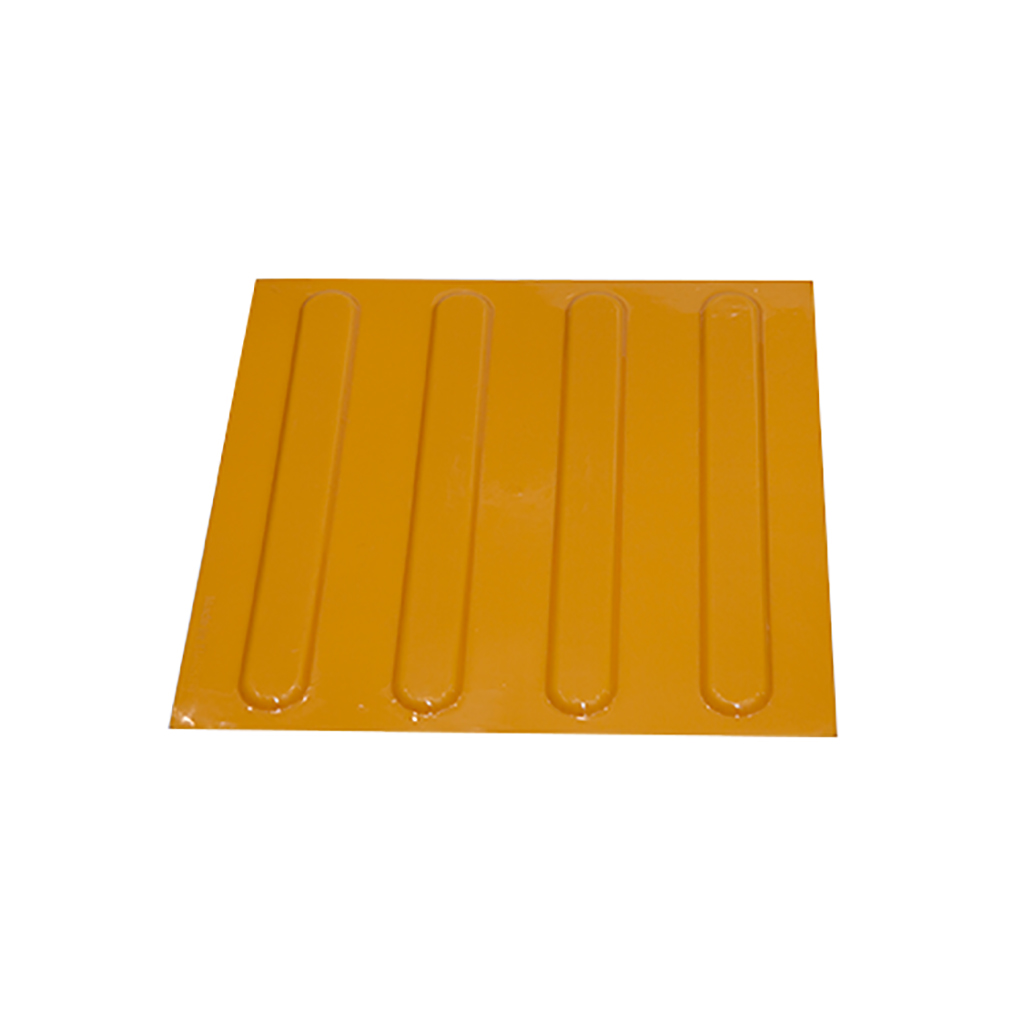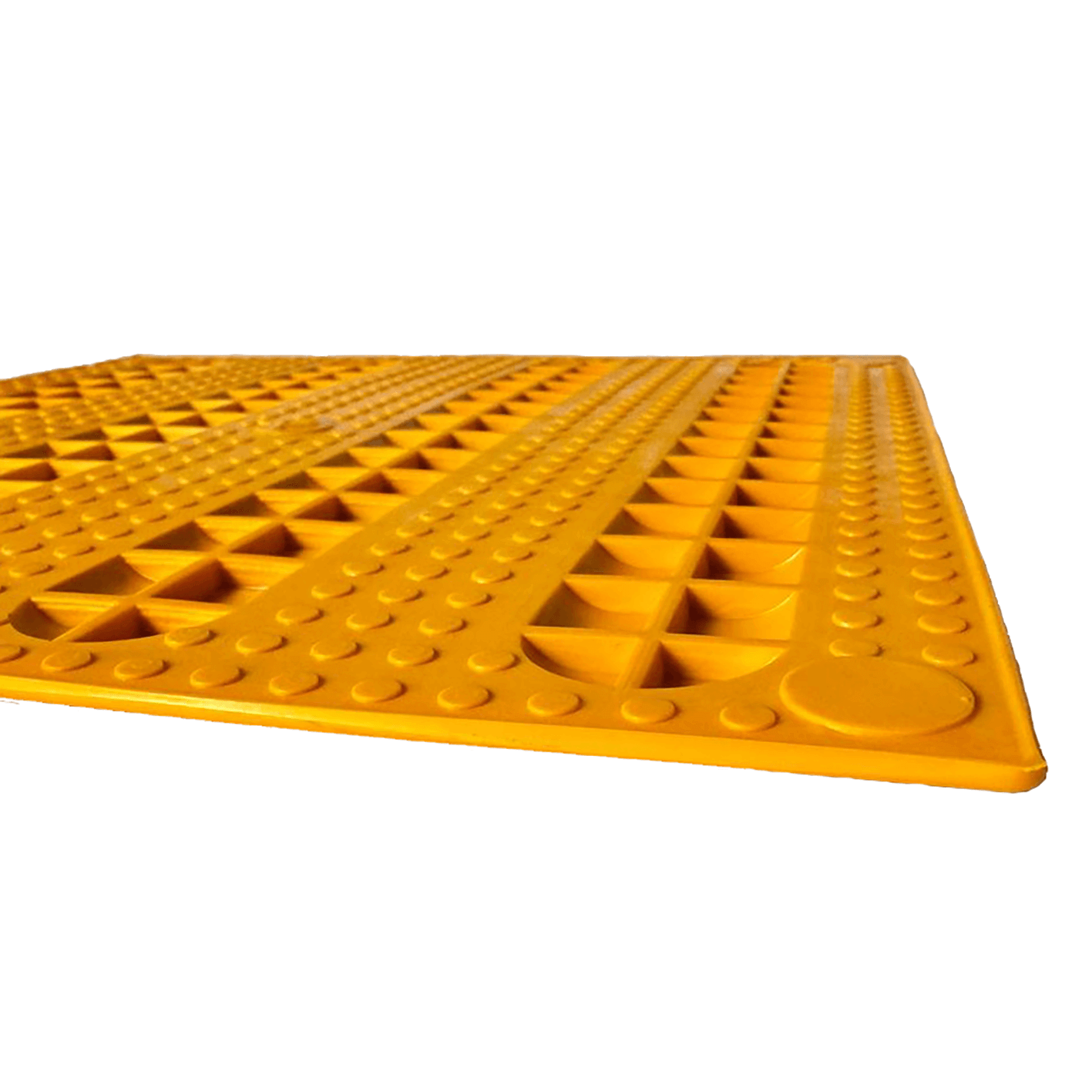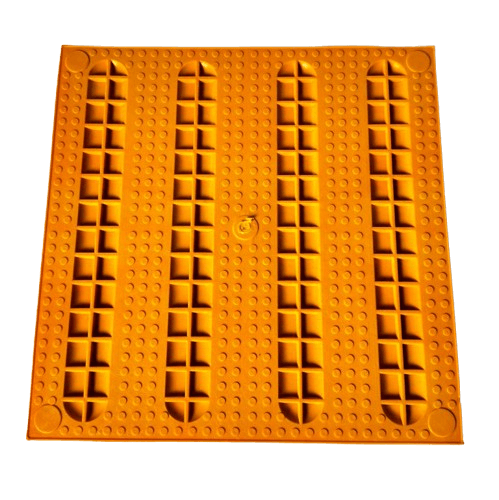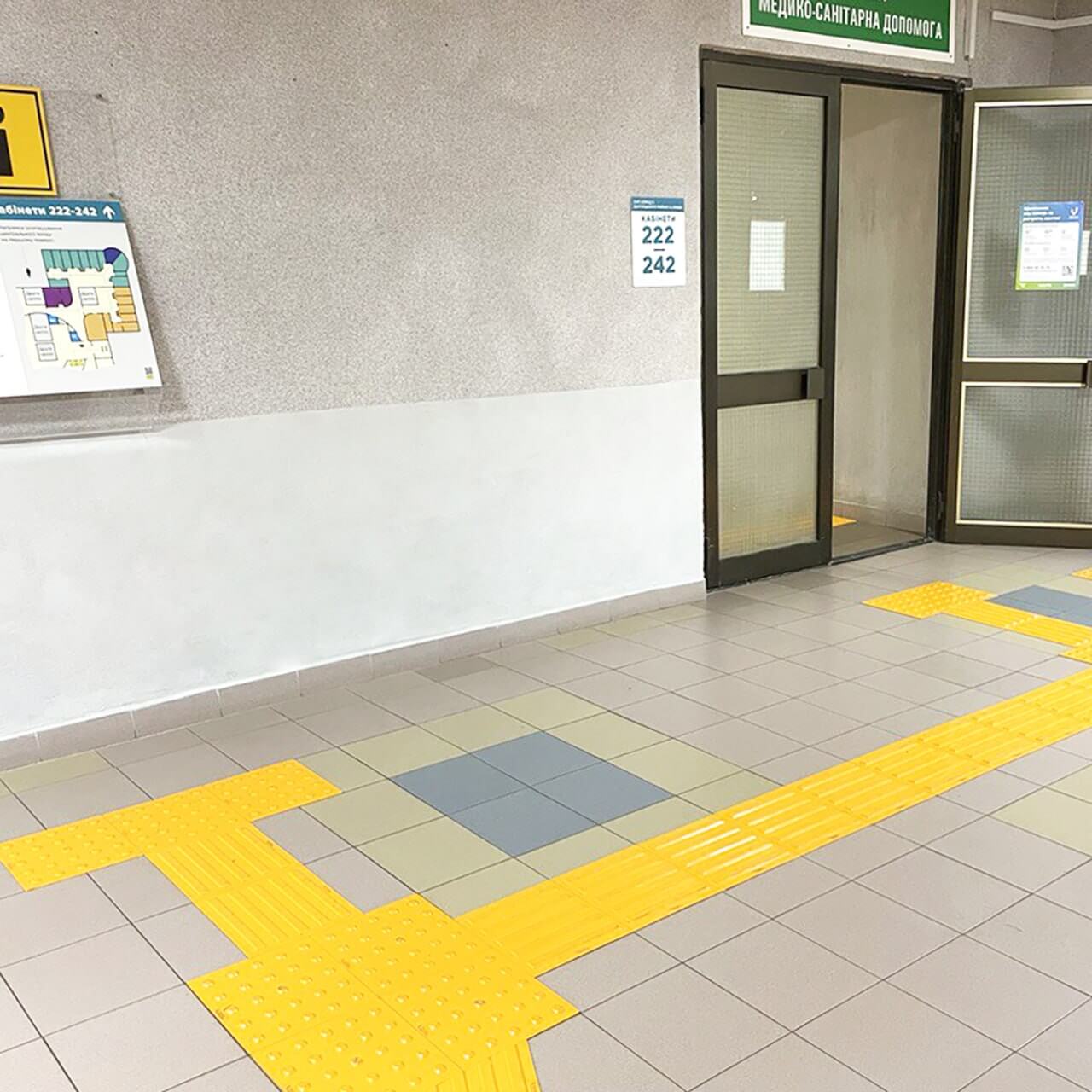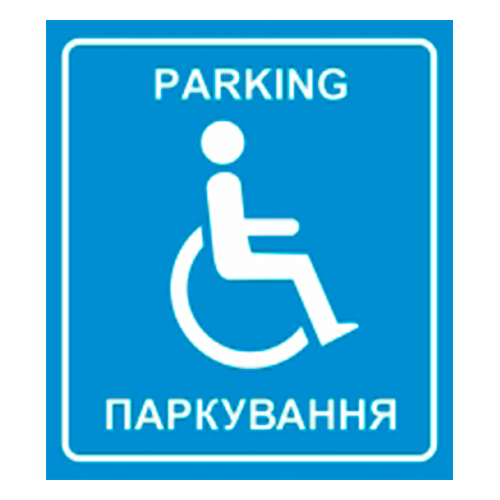- Material - polyurethane
- Size: 300*300 mm = 260 UAH.
Description.
Polyurethane tactile tiles:
- Made of high-quality material and has high wear-resistant characteristics.
- Easily installed on the floor with a special adhesive or self-adhesive base in the form of 3M double-sided tape over the entire surface of the tile.
Tactile polyurethane tiles with a self-adhesive backing are an ideal solution for people with profound visual impairment. With a self-adhesive backing in the form of 3M double-sided tape over the entire surface of the tile, it is easy to install on any surface.
The use of tactile tiles increases the accessibility of the space; creating pathways that can be safely navigated. The yellow colour of the tiles effectively signals stairs, passages and other changes in the direction of human movement. Its tactile properties are easily felt underfoot or with a cane.
Tactile tiles are required in high-traffic areas, such as shopping centres, railway stations, and airports. It helps to control the flow of people, minimising the risks of accidents. Tactile polyurethane tiles are an integral part of the principles of universal design and inclusiveness, as emphasised by DBN B.2.2-40:2018.
Delivery within the territory of Ukraine is carried out using the Nova Poshta delivery service.

